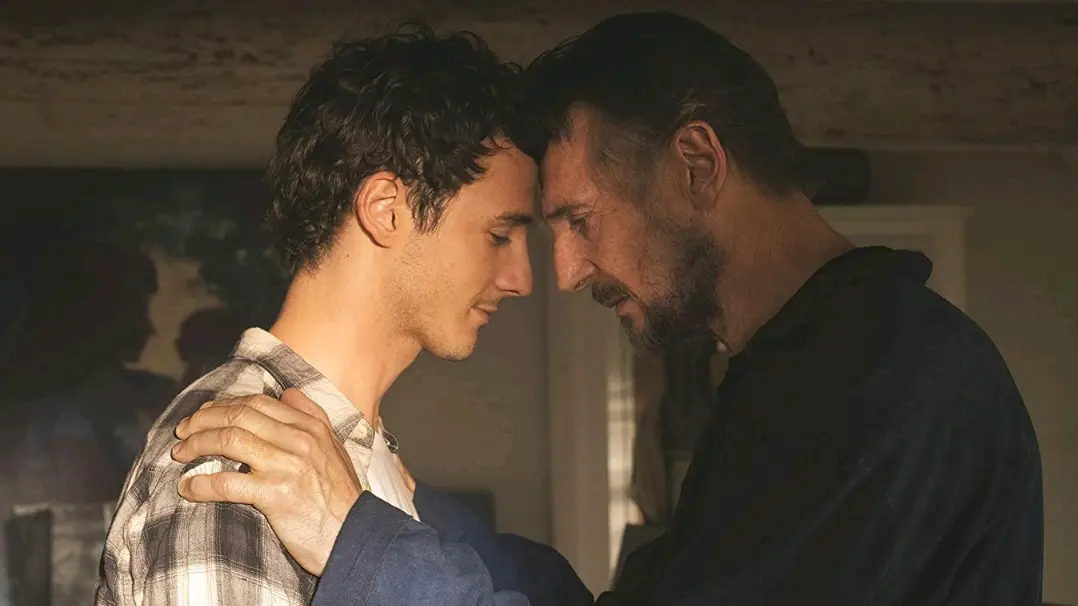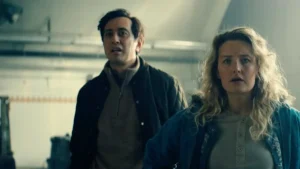Summary
Made in Italy keeps the ball rolling on the problems of the rich and white in the Tuscan countryside — grab a number and get in line.
Some plot points are so common they practically become their own genre, while some may fall from grace, especially in Hollywood. The Western film genre dominated the silent film era and hit its peak in the fifties; musicals graced the silver screen regularly in the ’30s and ’40s; mob films were a hot ticket from Coppola’s The Godfather and their peak petered out before the turn of the century. However, the plotline of fathers and sons who don’t get along, and their offspring acting like giant man-babies, is a staple that has never gone out of style.
That main protagonist man-baby in Made in Italy is Jack (Cold Pursuit‘s Micheal Richardson), who is dealing with a separation from his wife, Ruth (The Crown‘s Yolanda Kettle), and she is looking forward to selling his beloved art gallery from out from under him. In order to buy her out before she sells it off, he visits his father, Robert (Liam Neeson), a renowned London artist. Both of their names are on a holiday house located in the Tuscan countryside that they visited during happier days. Jack wants to sell it off to buy back his gallery, but first, they must repair the villa, much like their estranged relationship.

Made in Italy was written and directed by actor Robert D’Arcy (Avengers: Endgame, Dunkirk) and is a miscalculated effort. It takes a premise we have seen before that attempts to set up a moving story of love, loss, and redemption because one lost his life, the other his mother. The issue is you have a villa used for holidays in Tuscany that will never be in a buyer’s market and could still be sold for millions if it had only a tent and an outhouse on its property. Asking the viewer to care about that outcome of one coat of paint is just silly and takes any suspense or care out of the script. It’s like putting an expensive wedding cake on display that won’t sell then placing a wedding topper on the top tier and proclaiming, “Voila, now we can sell the thing.”
Then you have the character of Jack, who is young, immature, and can’t forgive his father for past mistakes or make amends with the fact he lost someone too. Unfortunately, the script can’t come up with that same revelation. Richardson and Neeson do have one good scene together, but you can see it coming and the rest of the film’s plot is dependent on some type of happy ending. Movies like Made In Italy are already outdated and scream, “Oh, the problems of the rich and white in the Tuscan countryside.”
Please, get in line and take a number.



